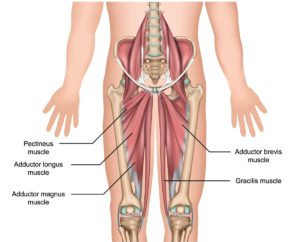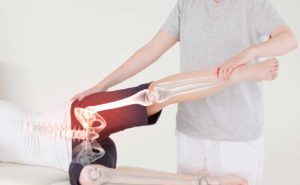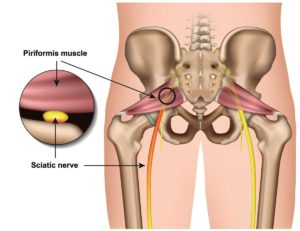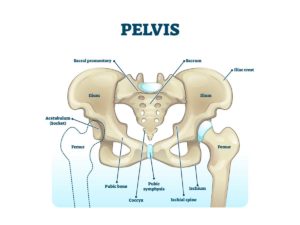
Anterior Hip Impingement
Typical Symptoms
Anterior hip impingement typically causes sharp pain in the front of the groin with moving the knee inwards and flexing the hip.
Usually quite localised, the pain can be produced by specific movements such as squatting or entering or exiting a vehicle. It can also limit sporting activities which involve cutting and pivoting.
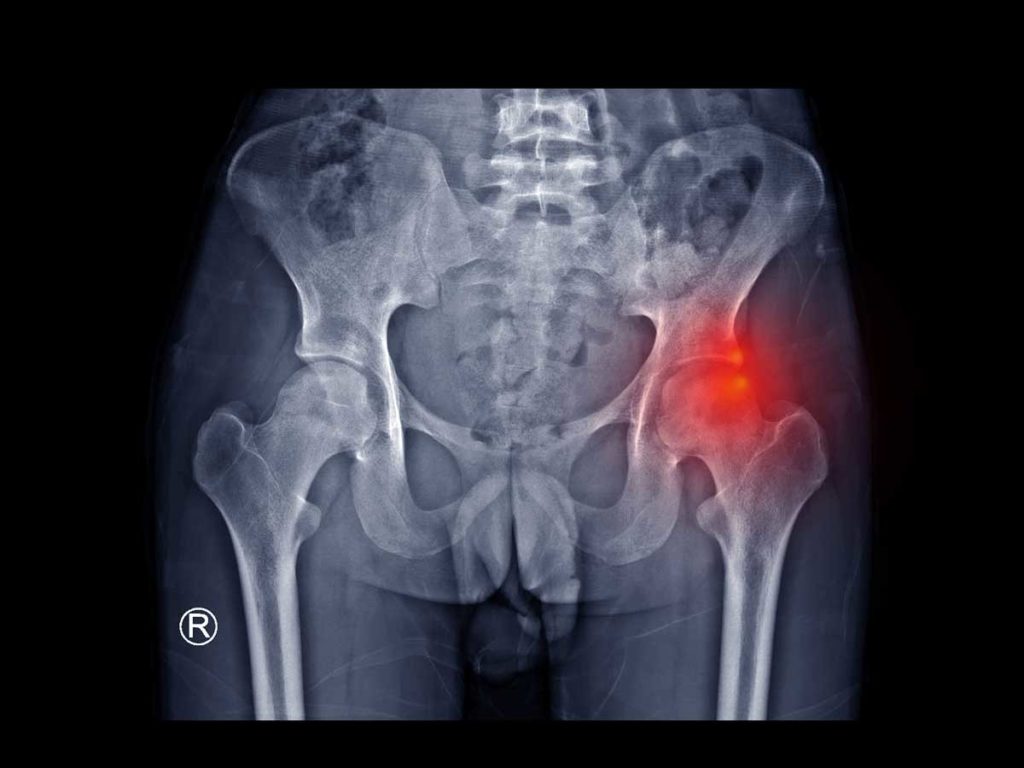
What causes it?
Impingement is usually due to an anatomical variant of the hip where the socket has deepened (pincer) or there is a “bump” on the femur (cam). With either variation, there can be catching as the hip is moved inwards and over time there can be injury to the joint or the labrum.
Usually these changes will have been present for a while but only become noticeable after something triggers it off and brings on the symptoms.
How can I help myself?
It is useful to consider when the symptoms came on and hence what factors might have triggered off or contributed to the symptoms. Equally important is what might be continuing to aggravate the symptoms. Offloading from these or trying to improve these with a coach or sports therapist can help improve symptoms. Sometimes, hip flexor tightness can be an associated problem and working on this with stretching can help.
In situations where symptoms are particularly bad, analgesia can also help with reducing pain.
When to seek help?
If, despite trying to address the factors/activities that trigger your symptoms, it is still affecting you and limiting your function, you should have this problem assessed further.
What are the treatment options?
Your clinician should assess you with a thorough history and physical examination to identify where the pain is situated and what positive signs there might be. Subsequently they may undertake investigations such as an X-ray of the hip to look for bony changes (cam or pincer) or an ultrasound to look for other joint and soft tissue injuries.
Rehabilitation with a physiotherapist is important, with focussed exercises to alleviate underlying factors; in situations where symptoms are ongoing, your clinician may obtain further imaging in the form of an MRI or CT scan and undertake treatments such as ultrasound guided injections of cortisone or PRP for pain symptoms. If this continues to be ineffective, as surgical intervention may be needed.
